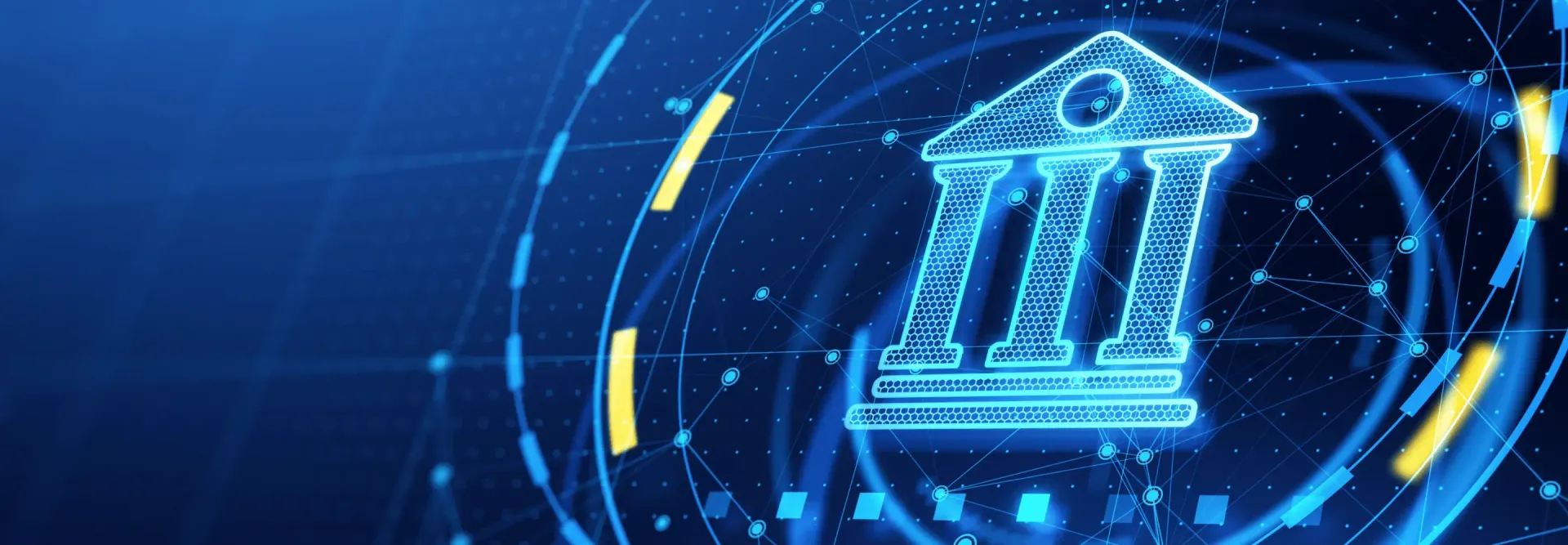Stategic planning and uncertainty
Today’s unpredictable age demands new notions of strategic planning. Planning must be mixed with being fast and flexible.

The future is not perfectly predictable, the more the uncertainty the more is adaptability needed. Nowadays a great strategy is not a good handle on the future but is a focus on making themselves better able to cope with unexpected changes. For strategy, that involves instilling an adaptive mindset among managers, building in flexibility into operations, creating dynamic plans.
Every manager would like to have a clear vision of the future but forecasting the future with any precision is impossible and every single change in the scenario can affect deeply the company's performance. Managers pressure their teams to come up with more accurate projections for how their markets will evolve, competitors will respond, and consumers will react — thinking that forecast precision is the key to defining winning strategies.
But attempting to develop precise forecasts is a fool’s errand. Meteorologist Edward Lorenz proved this nearly 60 years ago when he popularized “the butterfly effect.” He suggested: “A butterfly flaps its wings in the Amazonian jungle and subsequently a storm ravages half of Europe.” While this statement is often interpreted as meaning “small things can have big impacts,” Lorenz’s insight was actually far more profound: In complex systems, small changes in one variable may have no effect or massive ones, and it is virtually impossible to predict which will turn out to be the case.
Before Lorenz’s work, forecasters assumed that an approximate specification of initial conditions would yield an approximate prediction of future outcomes. Lorenz’s modelling proved that assumption to be entirely false. He found that without a perfect delineation of initial conditions, predictions are useless.
Today, the butterfly effect is almost universal. Our world is more complex and interconnected than ever before. Increasing globalization, advances in telecommunications technology, shifts in consumer preferences, geopolitical instability, and countless other factors have made the future largely unpredictable. Capturing all these relationships in a reliable forecast is impracticable.
To sum up, executives operating under extreme uncertainty have to be sure that their strategy-making is characterized by a willingness to adapt, inbuilt flexibility, and dynamic planning.
Willingness to Adapt
Stephen Hawking is famously credited with saying: “Intelligence is the ability to adapt to change.” If it is impossible to predict what is around the corner, then the secret to success is adapting quickly to what appears.
The Covid-19 pandemic serves as testimony to the importance of adaptability. In early 2020, almost no company’s strategic plan forecast the impact that the global pandemic would have on business. The most successful companies (e.g., Zoom, Amazon, GrubHub, Disney) quickly adapted to the impact that work-from-home orders and other restrictions placed on workers and consumers. Some expanded capacity in response to the sudden surge in demand; others altered their delivery model to serve customers in new and different ways.
Less successful enterprises (say, most commercial airlines and hotel operators) could not — or did not — adapt. These companies saw their revenues and profits plummet. If Covid-19 has taught us anything it’s the importance of being able to pivot quickly in response to sudden changes in the external environment.
Inbuilt flexibility
In volatile times, flexibility has enormous value. As an analogy, consider sailing. In choppy waters, sailing upwind can be extremely challenging — steering as close as possible to the wind can mean pounding into the waves, which slows the boat down. Instead, falling off of the wind can give you a better angle to the waves and allow you to build up speed. While longer by distance, this maneuver is almost always faster, largely because it’s more flexible.
A few industries have already recognized the value of flexibility in the face of extreme volatility and altered their strategies accordingly. Take aluminum production. The future returns on capital projects, such as investments in new smelter capacity, depend upon highly volatile prices for electricity and aluminum. Price uncertainty means that there may be times when the cash inflows from aluminum sales are insufficient to cover production costs, or (stated differently) lower than the revenues that could be derived from the sale of co-generated or contracted power. Most aluminum producers have strategies that enable them to temporarily suspend production during periods of high energy prices and sell available power to the grid. The few aluminum producers that have stuck with rigid, production-only plans have experienced dramatically lower returns than those opting for more flexible strategies.
Another example: sourcing strategy. Today, supply chains are being assailed by a host of exogenous factors. Russia’s invasion of Ukraine, for instance, has cut-off the flow of raw materials such as titanium, nickel, and neon. China’s zero-Covid policy has temporarily halted manufacturing in some sectors, hampering the production of everything from automobiles to smart phones. Companies with flexible supply networks, capable of sourcing from multiple suppliers in different regions, have found it easier to cope with these — and other — disruptions. Those with rigid supply chains continue to struggle in the current tumultuous environment.
Dynamic planning
In an unpredictable world, it might be tempting to throw up your hands and give up on planning altogether. But great performance is rarely the result of happenstance. It requires a direction, even if it isn’t possible to define the exact path.
To better cope with extreme volatility in crafting strategy, companies must change the way they approach strategic planning. They must evolve from a static, plan-then-do model to a dynamic and continuous approach to strategic decision-making and execution.
Dell Technologies was one of the first to adopt this new model shortly after Michael Dell took the company private in October 2013. The company shifted from a traditional planning model — where managers developed a fixed strategic plan each year — to an approach focused on continuously identifying and making critical decisions. This new model — combined with new techniques for making strategic decisions under uncertainty — has enabled Dell Technologies to increase its operating profits by more than four-fold since 2013. Leadership at Dell did not give-up on planning. Instead it adjusted the company’s model to be more fit-for-purpose, given the increasingly uncertain world of technology.
Today’s unpredictable age demands new notions of strategy. As I argue here rigid plans — based on deterministic forecasts — must be discarded and replaced with a more dynamic and decision-focused approach. Flexibility and adaptability must move to the forefront of leadership’s thinking. Otherwise, too many businesses will fall victim to the vagaries of the butterfly effect.
Alessio De Filippis, Founder and Cheif Executive Officer @ Libentium.
Founder and Partner of Libentium, developing projects mainly focused on Marketing and Sales innovations for different type of organizations (Multinationals, SMEs, Start-ups).
Cross-industry experience: Media, TLC, Oil & Gas, Leisure & Travel, Biotech, ICT.











